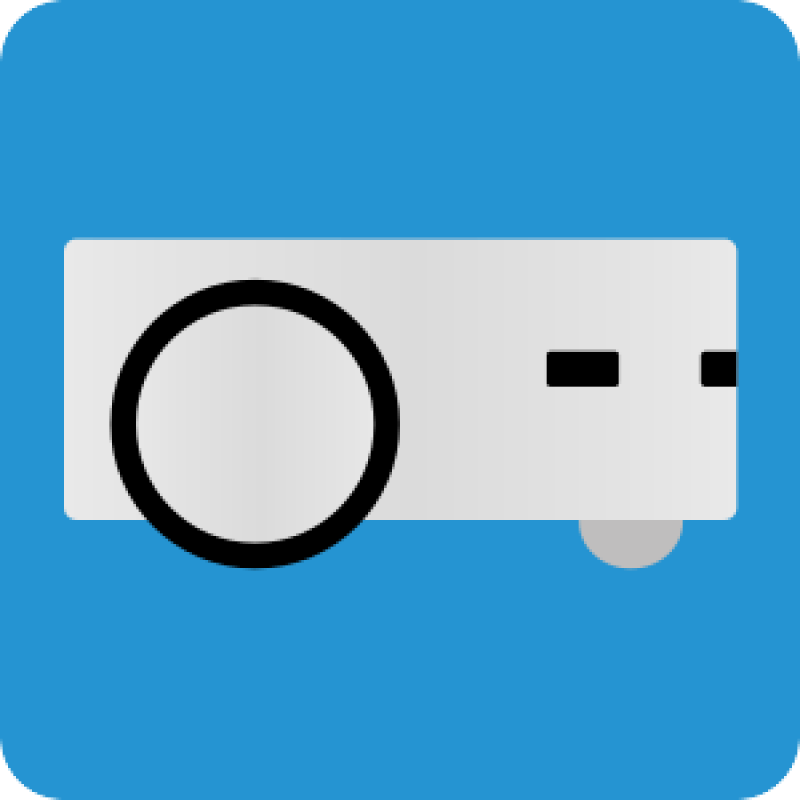
Thymio
Thymio is a small mobile robot that aims to enable young people to discover the fascinating world of robots and technology by programming and playing with its many features. With 6 preprogrammed behaviors, it is easy to find out what he can do in no time, before starting to explore the programming options. Thymio can for example follow a line, avoid obstacles or follow your hand.
With the Thymio VPL software it is possible to program Thymio with image blocks in an intuitive way. After Thymio VPL, you can program Thymio with other software (blockly, Scratch, Aseba Studio) to go further. To guide you through these interfaces, there are a lot of pedagogical resources developed for this little robot.
The pedagogical analysis covers how the product supports learning of the identified skills. The student’s role is assessed by four contrary pair parameters, which are selected to cover the most essential aspects on the use of the product.
The following are the high educational quality aspects in this product.
The supported learning goals are identified by matching the product with several relevant curricula descriptions on this subject area. The soft skills are definitions of learning goals most relevant for the 21st century. They are formed by taking a reference from different definitions of 21st century skills and Finnish curriculum.


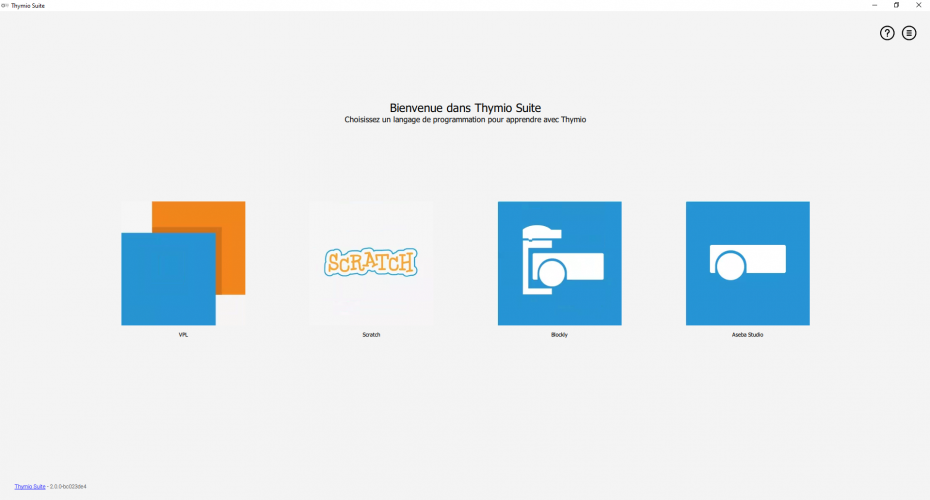
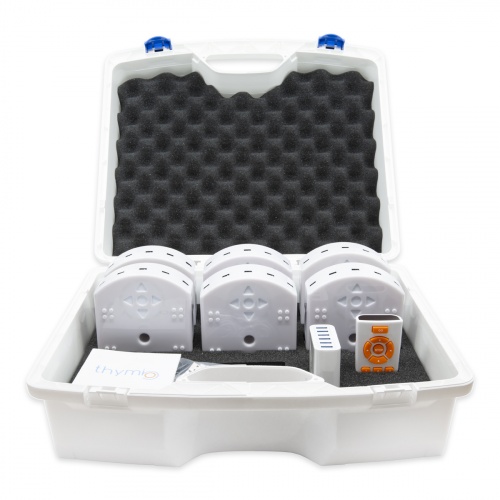
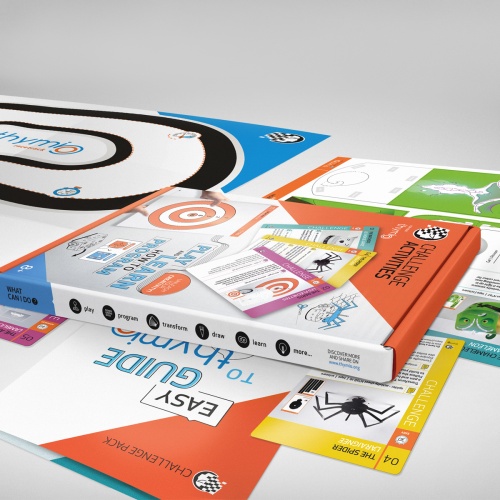
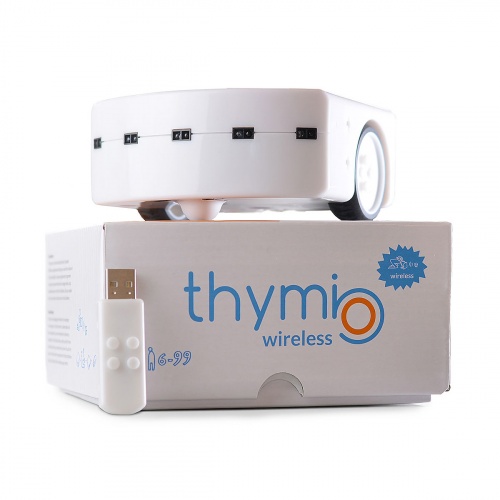
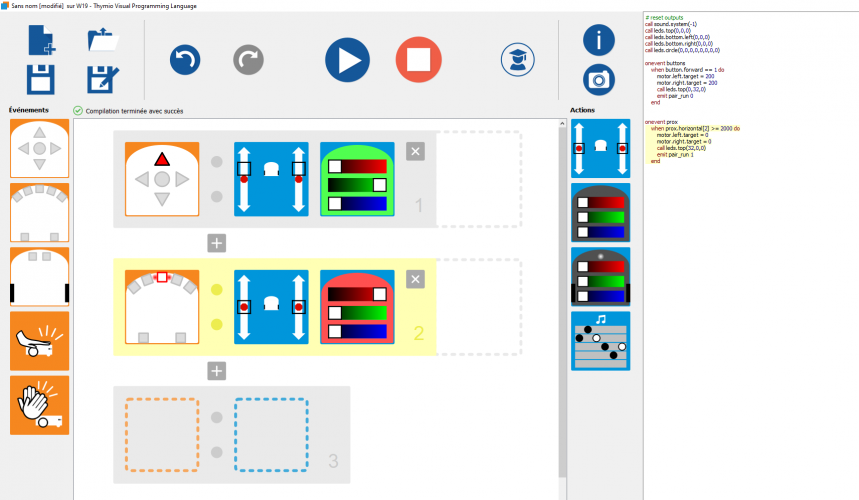
User reviews for Thymio
You need to log in to post a review.